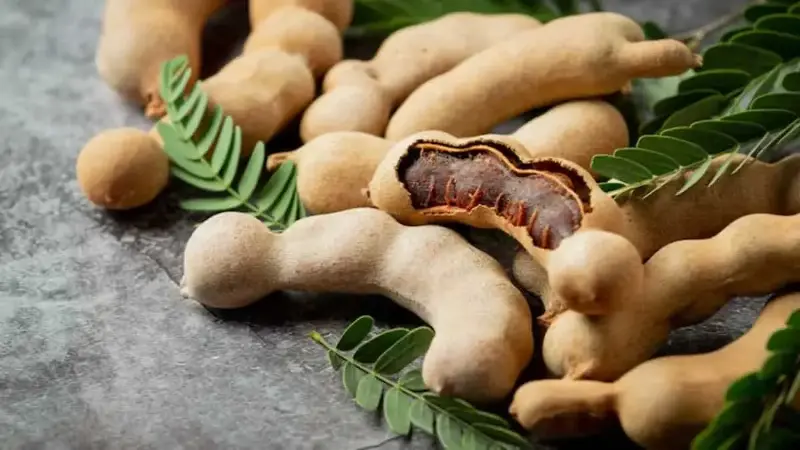
Tamarind, known to many as imli, is a staple ingredient widely used in chutneys and curries to add bold flavours. Its mix of sour and slightly sweet taste makes it a favourite in both classic recipes and homemade treats like imli goli. While tamarind is easy to use, storing it the right way takes a little care. If sometimes left exposed to the air, it can lose its freshness by catching a fungus. And once it starts smelling bad or looking dull, it’s hard to save. But you do not worry, there are simple ways to keep tamarind fresh for months, using things most people already have in their kitchen. You don’t need special tools or fancy storage. Taking some steps in mind can help you keep your tamarind dry and fungus-free.
Wash The Tamarind
Before you store the tamarind, give it a quick rinse. If you're using fresh tamarind with seeds and fibres, remove the outer shells and wash the pulp gently under clean water. This helps remove dust, dirt, or insects that may be stuck to it. After washing, spread the tamarind on a plate or clean cloth and let it dry completely. Moisture is one of the main reasons tamarind spoils, so drying is very important. Don’t rush this part; let it sit out until there’s no wetness left. Once dry, break it into small lumps if needed, and it's ready for storage.

Image Credits: Freepik
Use Glass Jars
Glass jars are one of the most effective ways to store tamarind, due to their airtightness, which prevents moisture from entering and causing spoilage. They are often the better choice than plastic or steel boxes, due to their non-reactive nature. Make sure to clean and dry the jars before storage so that the tamarind doesn’t retain odours or stains, making it a more hygienic and long-lasting storage solution. However, it is essential to remember that you should not keep opening these jars too often, as doing this can bring in moisture.
Use Salt To Preserve
Salt, a staple ingredient in every kitchen, can also help to store the tamarind. It preserves tamarind by drawing out moisture, which inhibits the growth of bacteria and fungi that can cause spoilage. It creates a hypertonic environment, dehydrating the tamarind and making it less susceptible to microbial growth. Just sprinkle a pinch of salt while storing tamarind in jars or when making imli paste. This method has been used for centuries to extend the shelf life of tamarind without refrigeration.

Image Credits: Freepik
Sun Drying Imli
Drying tamarind in the sun is one of the oldest and most trusted methods. Spread the cleaned imli on a big plate or cloth and place it under direct sunlight for a few hours each day. Do this for 2 to 3 days. This process removes extra moisture and also helps kill germs that can cause spoilage. Once the tamarind turns darker and feels firm to the touch, it’s ready to be stored. You can wrap it in parchment paper and place it in a jar or box. Sun-dried tamarind can last for months without any signs of fungus or smell.

Image Credits: Freepik
Refrigeration
If you do have access to a fridge, storing tamarind becomes even easier. After drying the tamarind properly, pack it in an airtight container or zip-lock bag. Store it in the vegetable section of the fridge. This helps it stay fresh for many weeks. You can also store tamarind paste in small glass bottles in the fridge. Just make sure to always use a clean, dry spoon when taking it out. If any moisture or food particles get inside, it can spoil quickly. Whether you store whole tamarind or paste, the fridge will help keep the flavour locked in.
